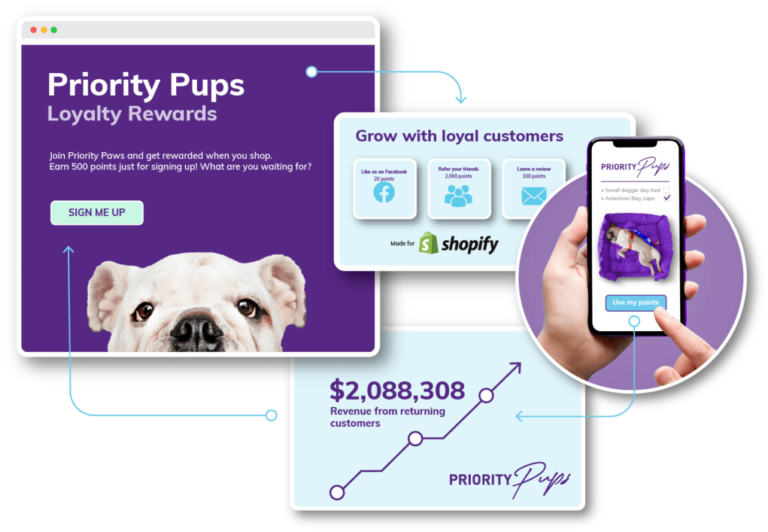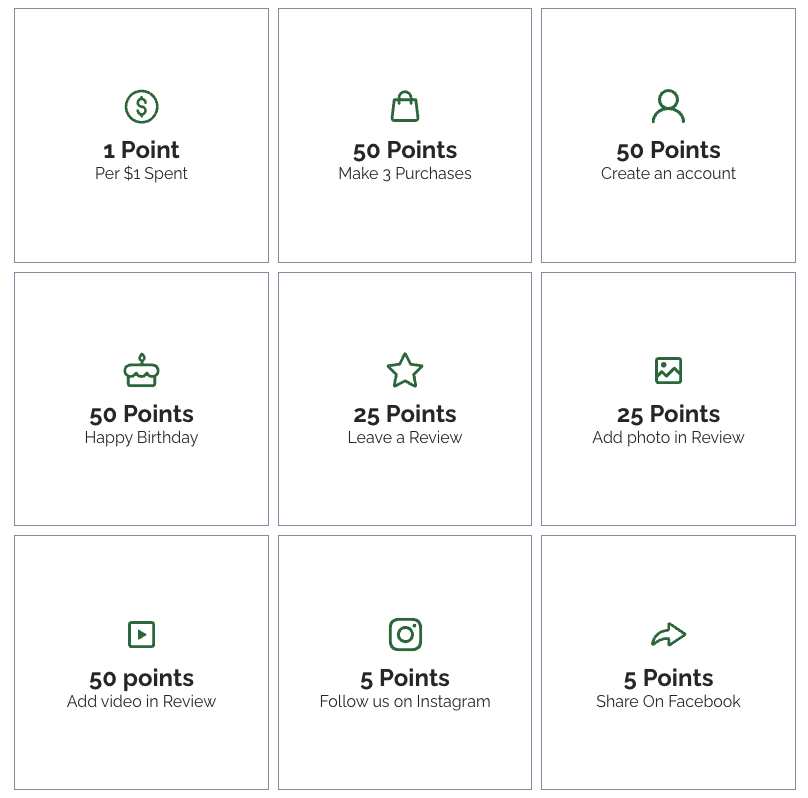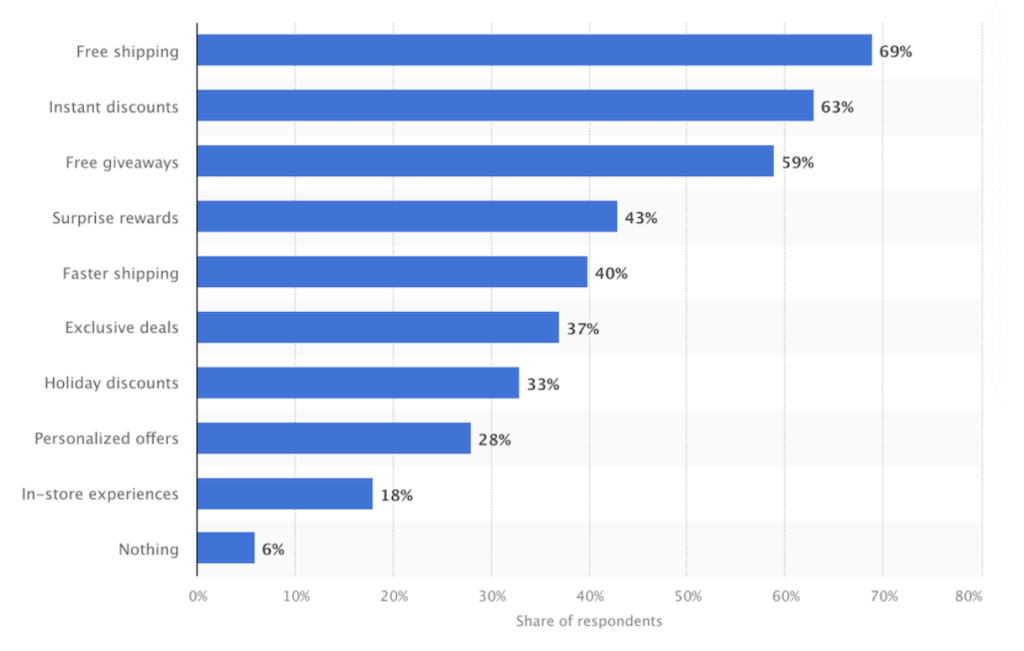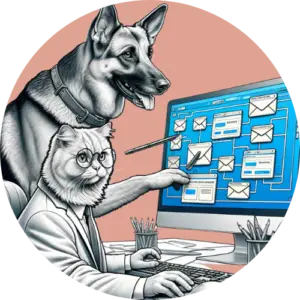Our pets have a special way of winning our hearts and, let’s be honest, our wallets too. Anyone who has a furry, feathered, or scaly friend at home will likely agree—they want only the best for their pet.
The pet industry has undergone several changes in the past few years, but none more notable than the premiumization of pet supplies. Customers view their pets as part of their family, and who wouldn’t want the best for their family?
With the global pet industry worth $320 billion and expected to grow to almost $500 billion by 2023, competition among pet supply brands has never been fiercer. So how do you keep your customers as loyal as their faithful German Shepard? A loyalty program is a pawfect place to start!
Loyalty programs enhance customer experience and provide added value, leading to recurring revenue. Genuine brand enthusiasm from customers is a bonus, but not a guarantee. In 2019, a Recur report showed that customer acquisition costs (CACs) had increased by over 60% in five years. These costs will continue to rise due to factors like inflation and changes in digital advertising.
The good news is you can reduce CACs by focusing on customer retention. A strong retention strategy boosts word-of-mouth and profits, allowing you to invest more in smart acquisition efforts. For pet brands, a loyalty program that offers real value and convenience encourages repeat purchases and builds a loyal customer base, ensuring your business thrives even as acquisition costs rise.
Here are some popular types of loyalty programs that pet brands can adopt, along with examples of successful implementations.
High customer lifetime value (CLTV) can offset these high customer acquisition costs (CAC).
By encouraging repeat purchases from loyal customers, you reduce the need for costly acquisition strategies. For instance, a pet brand with a strong loyalty program can see higher repeat purchase rates by offering points for every purchase that can be redeemed for pet products.
This creates a stable revenue stream without the high costs of acquiring new customers.
Every business is unique, but LoyaltyLion recommends aiming for a 3:1 ratio, meaning your business should generate three times the revenue for every dollar spent on acquiring a new customer.

Loyal customers tend to spend more over time, increasing their lifetime value to your business. When customers feel valued and appreciated, they are more likely to increase their spending and remain loyal to your brand. A well-structured loyalty program can encourage frequent purchases and higher spending per transaction.
In today’s economic climate, ensuring financial viability through recurring revenue is crucial, and customer loyalty programs are an effective way to achieve this. While acquiring new customers is essential, nurturing existing ones through loyalty programs can significantly enhance your business’s financial health.
The best marketing is word of mouth, which comes from your most loyal customers.
The more word of mouth you generate, the more customers you can acquire, please, and ultimately have recommend your product. Genuine customer referrals are cost-effective because they naturally arise in conversations when people discuss solutions to problems or share positive experiences with friends.
Whether these interactions stem from genuine customer loyalty or not, they are incredibly valuable. Investing time and resources into fostering these moments can yield significant returns.
73% of satisfied customers will recommend a brand to others.
Source: EConsultancy
Implementing an effective loyalty program can significantly enhance customer retention and satisfaction for pet brands. By offering tangible rewards and exclusive benefits, these programs encourage repeat purchases and foster a strong sense of brand loyalty.
Here are some popular types of loyalty programs that pet brands can adopt, along with examples of successful implementations.
Points-based loyalty programs enable customers to earn points from their purchases, which can then be redeemed for discounts, freebies, or cash-back. These programs are easy to join, making them attractive to customers who shop with you regularly out of habit or due to consistently good experiences.
Points can incentivize customers to spend a little more to reach a reward threshold, and when many customers do this frequently, it can significantly boost revenue, helping to offset customer acquisition costs (CACs).

Source: FurHaven Loyalty Program
Example: FurHaven loyalty program allows customers to earn points with every purchase, which can be redeemed for discounts on future buys.
The system is clear and easy to understand, with specific points translating to particular discounts, keeping customers motivated to continue shopping.
Implementing a point-based loyalty program in your pet business can encourage repeat purchases, foster customer loyalty, and drive increased revenue, all while managing acquisition costs effectively.
93% of companies using personalized video content experience an increase in conversion rates.
Source: EConsultancy
Tiered loyalty programs work by creating a sense of progression and achievement for customers. As customers spend more or engage more deeply with the brand, they move up in the program’s tiers, unlocking greater rewards.
This system not only incentivizes higher spending but also builds a stronger emotional connection with the brand.
If you’re looking to implement or improve your loyalty marketing program, follow these 5 best practices to fetch the best results.
Choosing the right loyalty program for your pet business starts with understanding your customers’ behaviors and preferences. Here are some key questions to consider:
Key questions:
By analyzing your customer data, you can determine the most effective type of loyalty program. According to Statista, the top reasons people join loyalty programs include:

A loyalty program landing page is a specific web page designed to provide detailed information about your brand’s loyalty or rewards program. It highlights the benefits and incentives offered to customers who join or engage with the program.
Key elements to include:
When program members are logged in, the landing page can include personalized features such as point trackers, tier statuses, and exclusive offers.
These features allow members to monitor their progress, see what rewards they’ve earned, and view upcoming benefits, enhancing their engagement and satisfaction with the program.
Customer segmentation helps you test and refine your loyalty program while making your VIPs feel special.
Tips:
Personalized emails and targeted discounts can significantly boost conversions through your loyalty program.
Effective loyalty programs rely on great communication. Automation helps manage the various aspects of your program seamlessly.
Triggers for automated emails:
With Klaviyo and LoyaltyLion, you can set up an automated referral program that generates leads by rewarding loyalty.
Successfully implementing a loyalty program is just the beginning. To ensure your program is effective and continues to drive value, it’s essential to measure its success using key metrics and data-driven insights.
Explanation: CLTV is a critical metric that represents the total amount a customer is expected to spend with your business over their lifetime. It helps you understand the long-term value of your customers and the effectiveness of your loyalty program in increasing this value.
How to Measure:
A higher CLTV indicates that your loyalty program is successfully retaining customers and increasing their spending, which contributes to better profitability and long-term growth.
Explanation: NPS measures customer satisfaction and their likelihood to recommend your brand to others. It’s an excellent indicator of customer loyalty and the overall health of your customer relationships.
How to Measure:
A high NPS score suggests that your customers are satisfied and likely to refer others, indicating a successful loyalty program. Track your NPS over time and look for improvements as your program matures.
Explanation: CLI is similar to NPS but focuses more on the likelihood of customer loyalty and repeat purchases. It helps you gauge the effectiveness of your loyalty program in fostering long-term customer relationships.
How to Measure:
Tracking CLI provides a comprehensive view of customer loyalty trends and the likelihood of repeat business. Use this data to refine and enhance your loyalty program.

Certified Klaviyo Email Marketing Expert | Pet Niche Specialist
